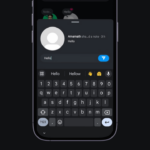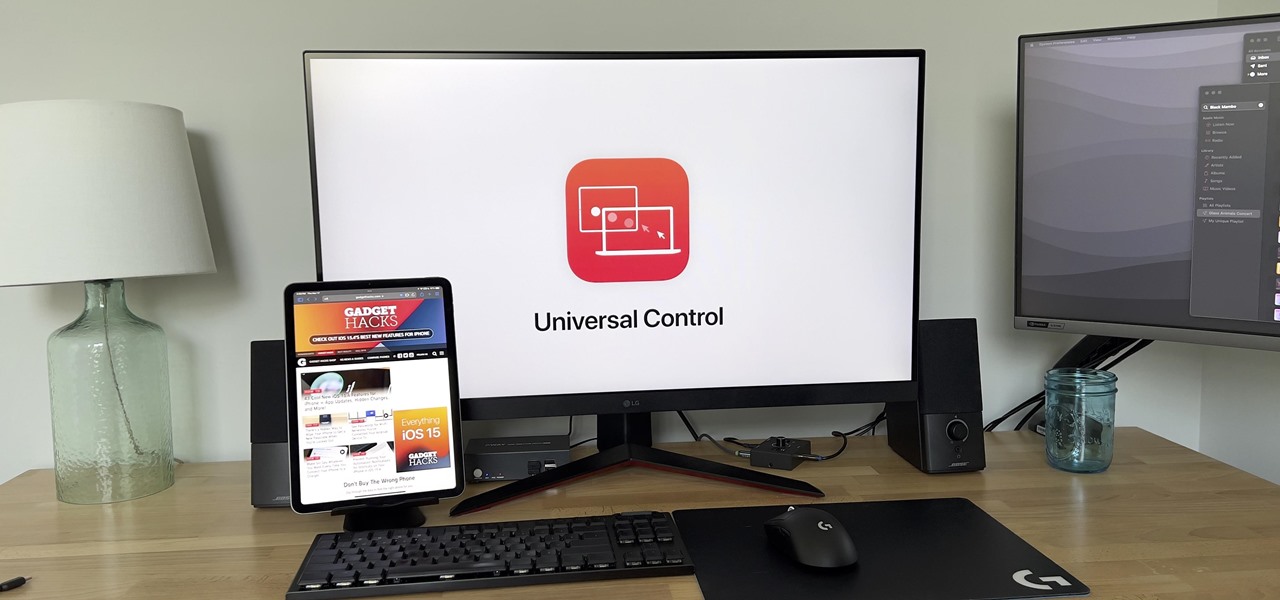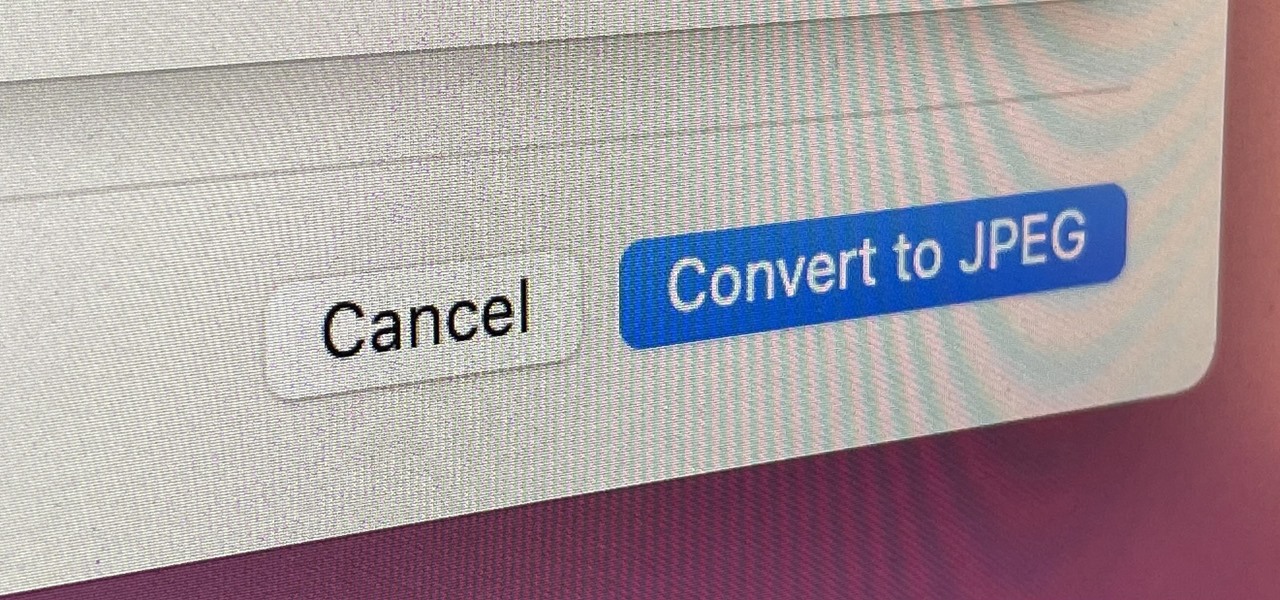I Had a Pixel Watch, Here’s Why I Chose a Galaxy Watch Instead
Android
I’ve taken a few swings at owning a smartwatch. My first was the Moto 360 back when Wear OS was called “Android Wear.” My most recent was the original Pixel Watch. Neither attempt went all that well. I’ve decided I may have better luck with a Galaxy Watch, and here’s why.
Samsung’s Watch Is More Durable
I read reviews warning me that the Pixel Watch, with only Gorilla Glass 5 protection, would scratch up much more quickly than the Galaxy Watch or Apple Watch. I shrugged it off. I’m a relatively careful person, and I was sure it would be fine.
It was not fine. After only a couple of months, my Pixel Watch was scratched up to an extent I’ve never seen on any watch before. I quickly decided to ditch my Pixel Watch for a regular watch.
The newer Pixel Watch 3 still depends on the same Gorilla Glass as the original. By contrast, the Galaxy Watch 6 that I purchased is made with Sapphire Crystal glass, so it’s reportedly much more durable. I haven’t had my Galaxy Watch long enough to confirm how well its screen holds up, but having owned another watch with sapphire crystal glass that has yet to pick up a scratch, I’m much less nervous.
If you’re going to drop around $200 on a watch, durability is frankly reason enough to sway a decision one way or the other. Even if I preferred everything else about the Pixel Watch, that doesn’t matter all that much if the watch ends up looking too ugly to keep on my arm.
I Can Wear Standard Watch Bands
The Pixel Watch came with a plastic athletic band. The Galaxy Watch also comes with a thick plastic strap. I don’t find either one particularly attractive, so I bought both watches with the intention of swapping out the default band.
With the Pixel Watch, this was a big ordeal. It uses a proprietary connector, so I had to order straps designed specifically for the Pixel Watch. The official ones from Google are very pricey, and I took a chance on the metal mesh band that cost almost as much as I spent on the watch itself.
Google’s magnetic band wouldn’t stay snug on my wrist, so I returned it. I then tried a different one from Amazon, but its connection to the watch was loose, and the entire thing felt cheap. By the time I returned that one, the Pixel Watch was scratched up, and I gave up.
The Galaxy Watch uses a standard connection and is compatible with any 20mm watch band. I removed the black Bananatex watch strap from my Mudita Moment watch, attached it to my Galaxy Watch, and that was that. I’m happy with the look and don’t need to spend any time hunting around for a new strap.
I’m Getting Multiple Days of Battery Life
The original Pixel Watch was dinged in reviews (including ours) for its relatively poor battery life. This was another area I overlooked, telling myself that charging it every day would be fine. In my experience, the device could go roughly a day and a half between charges, which translates to daily charging in practice. It quickly grew annoying.
While the newer iterations have seen improvements to battery life, Google doesn’t appear to have caught up to Samsung yet. Now that I have a Galaxy Watch on my wrist, I’m getting around three days of battery life.
This isn’t an apples-to-apples comparison, admittedly. I have the 44mm Galaxy Watch, which has a bigger battery than the smaller 40mm version. The Pixel Watch I bought didn’t have a larger option at the time, so I don’t know what a larger model’s battery life would have been. Though checking the specs for the 45mm version of the Pixel Watch 3, Google still promises only up to 36 hours with the battery saver enabled. My watch is at 69% with battery saver off (always-on display off, too) and shows 44 hours remaining.
My Watch Integrates With My Samsung Phone
When I bought the Pixel Watch, I had a Motorola phone (the one you see plugged into this lapdock and connected to this Raser Kishi v2). I had never owned a Samsung phone, and my concept of what Galaxy devices were like was still grounded in the TouchWiz days. I didn’t want all that extra bloat, nor did I like Samsung’s old style. I wanted a stock Wear OS device to go with my relatively stock Android phone.
I now daily drive a Galaxy Z Fold 5 (as both my phone and my PC), and I’ve been surprised to find I actually prefer the One UI experience over stock Android. I like the theme, and I like Samsung’s apps. The fact that the Galaxy Watch integrates with Samsung devices better has become a plus for me.
The required Wearable app doesn’t look at all out of place alongside my other Samsung apps, and the fact that I can use the same app to manage both my watch and my Galaxy Buds is pretty cool, even if I do have mixed feelings about gradually being sucked into an ecosystem. However, if I have to pick one, I prefer Samsung’s ecosystem over Apple’s. It’s still much less restrictive.
I Dig the Galaxy Watch’s App Launcher
On the Pixel Watch, it took me a while to discover how to launch watch apps. The experience is built around watch faces, not watch apps. Getting a list of installed apps involves either digging through the Settings menu or double-clicking on the watch button, a shortcut I continuously forgot was there. Even then, the shortcut felt to me like a quick way to get to a list of apps that weren’t intended to be a center of focus.
Samsung provides an array of app icons that you can pull up at any time by swiping up from the bottom of the screen, just as you would on a phone. This spread of icons also makes appearances on Samsung’s promotional materials. The icons are larger than on Google’s Watch, and I like the way they’re arranged.
I’ve never owned an Apple Watch, but I’m aware that both Samsung’s and Google’s app launchers can be compared to Apple’s. Samsung’s looks more akin to Apple’s grid view (except app icons can only be scrolled vertically on a Galaxy Watch whereas Apple icons scroll in any direction). Google uses a list view instead (which is available as an alternative option on the Apple Watch). Which you prefer is a matter of preference, but I’m really feeling Samsung’s approach.
Most Watch Apps I Want Come Included
The Pixel Watch, like Pixel phones in general, comes with fewer apps pre-installed that do what I want. The Pixel Watch has alarms and timers built-in, but I needed to look to third-party apps for a compass or voice recorder. You can stream music from YouTube, but if you want to play local files, that also requires third-party software.
On the Galaxy Watch, all of this is already baked in. Not only that—these default apps are really good. I prefer Samsung’s compass app over the alternative I used to install. I didn’t have an urge to seek out a calculator for my wrist, but it’s handy to have. Do I want a photo gallery app for images saved directly to my watch? Not really, but the Gallery app Samsung has included works well, and I like that the option is there.
It’s also nice having options that aren’t as reliant on the cloud. My tasks saved using Samsung Reminder on my phone appear on my watch, even though I don’t have those tasks stored anywhere online.
I haven’t owned the Galaxy Watch long enough to know if it will be the first smartwatch I want to use long-term. So far, the odds seem in its favor. This is the first smartwatch I’ve owned where, within the first few days of owning it, I didn’t already have complaints. Samsung’s watch, like the Apple Watch, may no longer be all that new or exciting, but it has matured into a quality timepiece. To my eyes, it remains the most refined option Android has to offer.




















